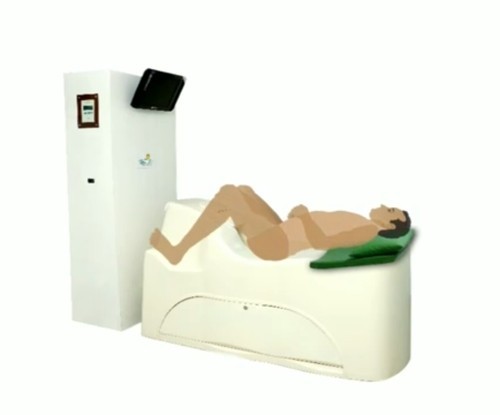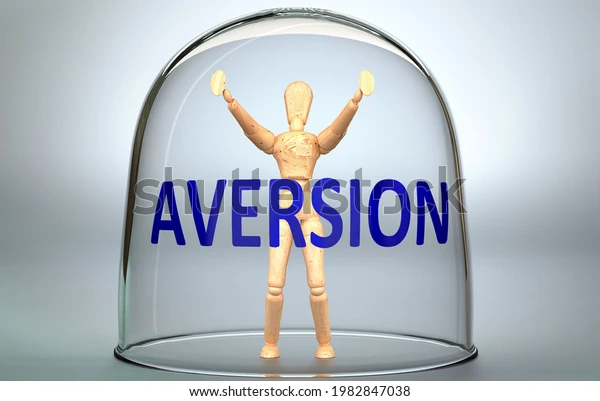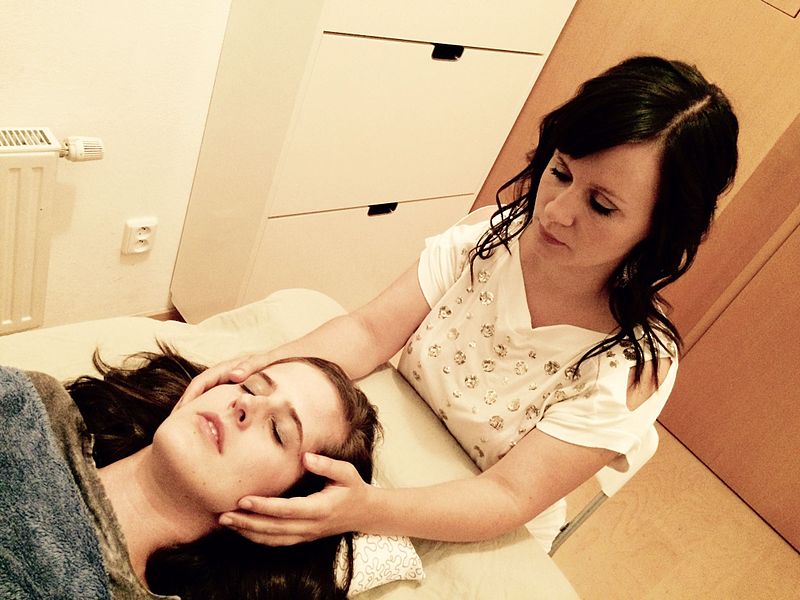Introduction:
Crystal healing is an alternative medical technique in which crystals and other stones are used to cure ailments and protect against disease. Practitioners of this technique believe that crystals act as conduits for healing allowing positive healing energy to flow into the body as negative, disease-causing energy flows out.
Despite the fact that crystal healing has seen an upsurge in popularity in recent years, this alternative treatment is not popular with most medical doctors and scientists, many of whom refer to crystal healing as a pseudoscience.
How does it work?
The philosophy of modern crystal healing is based on traditional concepts borrowed from Asian cultures, most notably the Chinese concept of life-energy (chi or qi) and the Hindu or Buddhist concept of chakras, which are vortices of this life-energy, said to connect the physical and supernatural elements of the body. During a treatment session, a crystal healer may place various stones or crystals on your body aligned with these chakra points, roughly in the regions above the head, on the forehead, on the throat, on the chest, on the stomach, on the gut, and on the genital area.
Crystal healing also involves the use of crystals and stones worn on the body or placed under pillows to ward off sickness. Crystals are supposed to shed negative energy or absorb positive energy.
Mode of action of crystals:
The conviction behind crystal therapy is that individual stones such as amethyst, rose quartz and jade have the ability to communicate with the energy flow of the human body and help to realign the energy channels that are interrupting the natural flow of the body and help it heal itself. Crystals with specific stones are said to help to relieve specific ailments such as anxiety, depression and insomnia, or more physical ailments such as digestive problems.
Conclusion:
Crystal therapy probably works by a Placebo effect. Some medical doctors put up with crystal healing to a limited degree, seeing it as a therapy that can induce relaxation, which ultimately is therapeutic for stress management. Those seeking a crystal healer, however, should be careful not to neglect a legitimate treatment for life-threatening disease.



